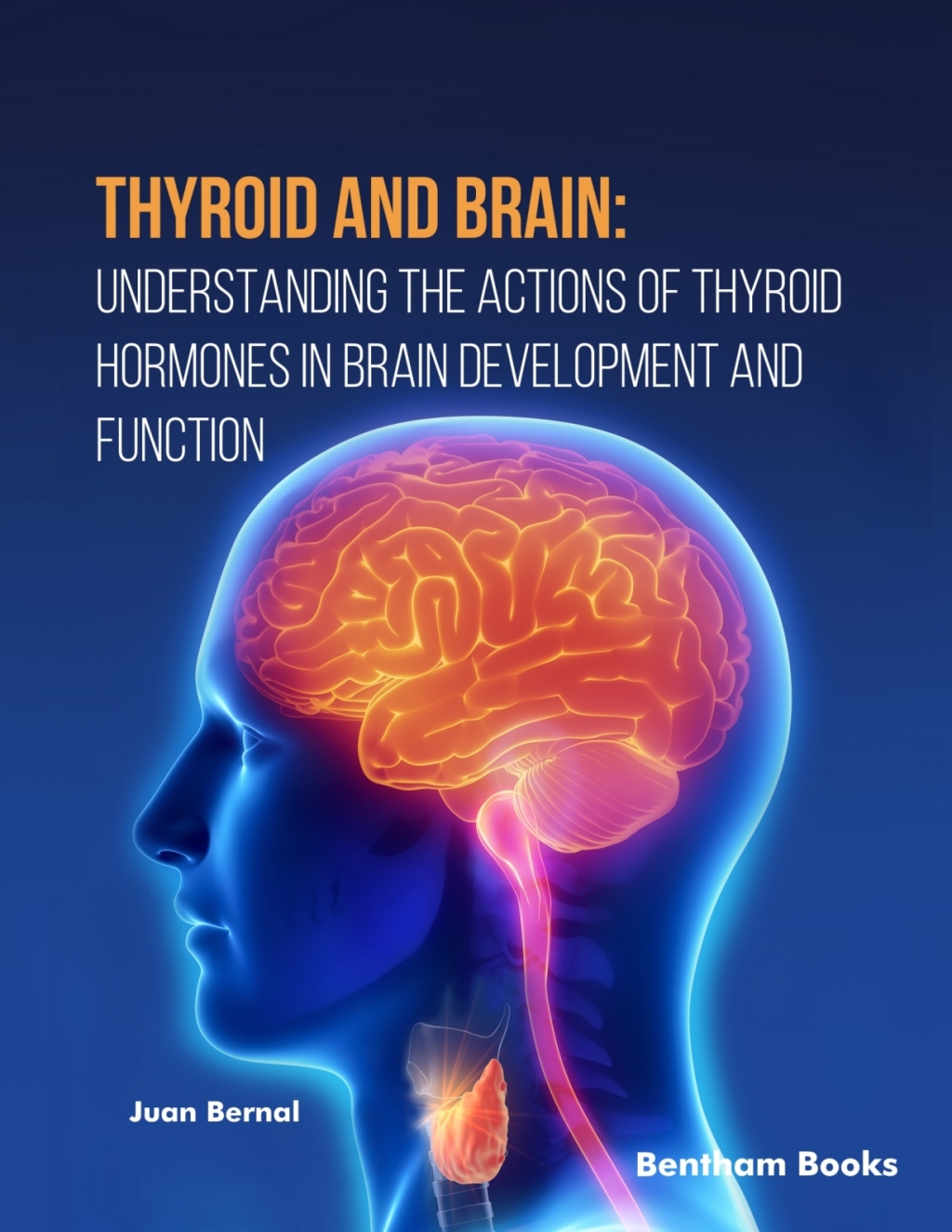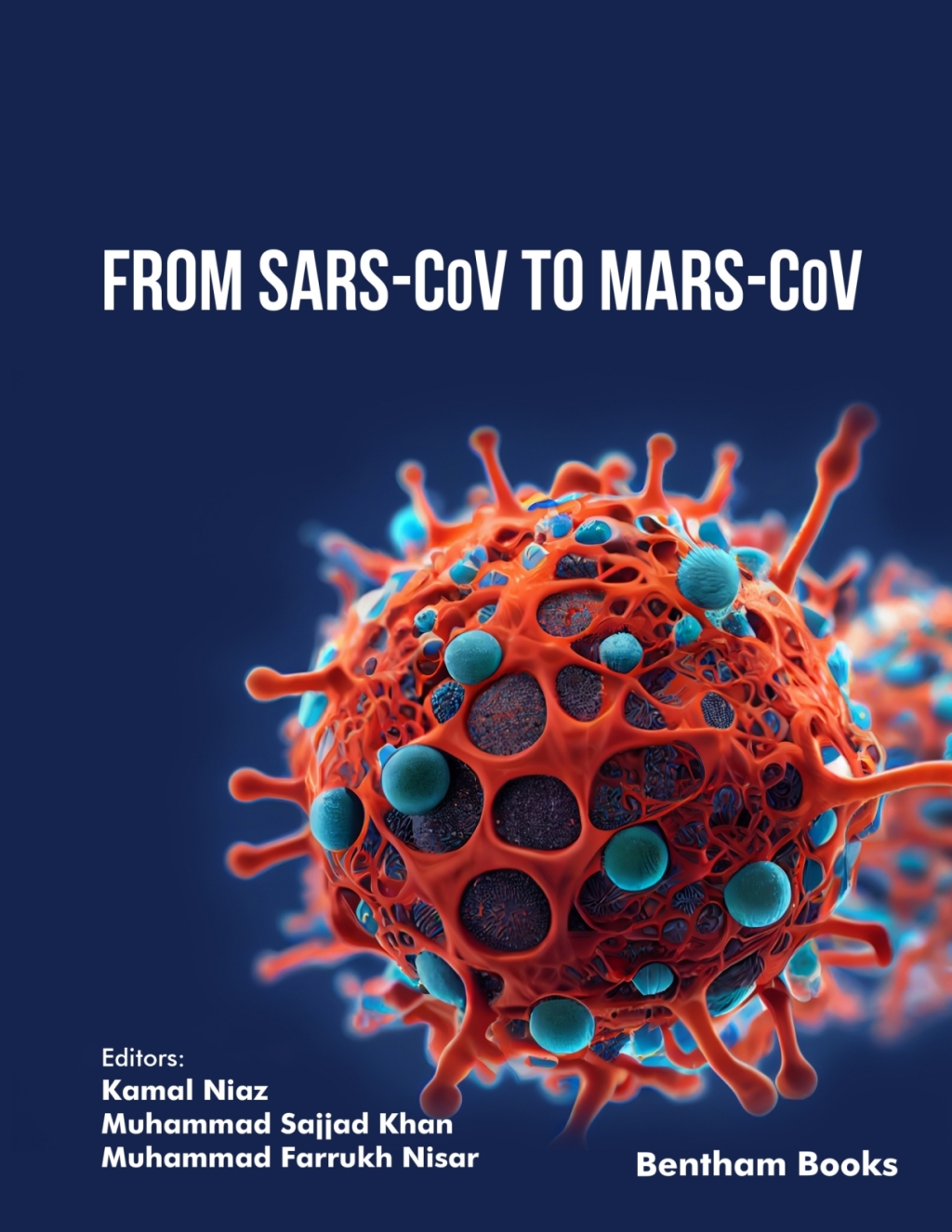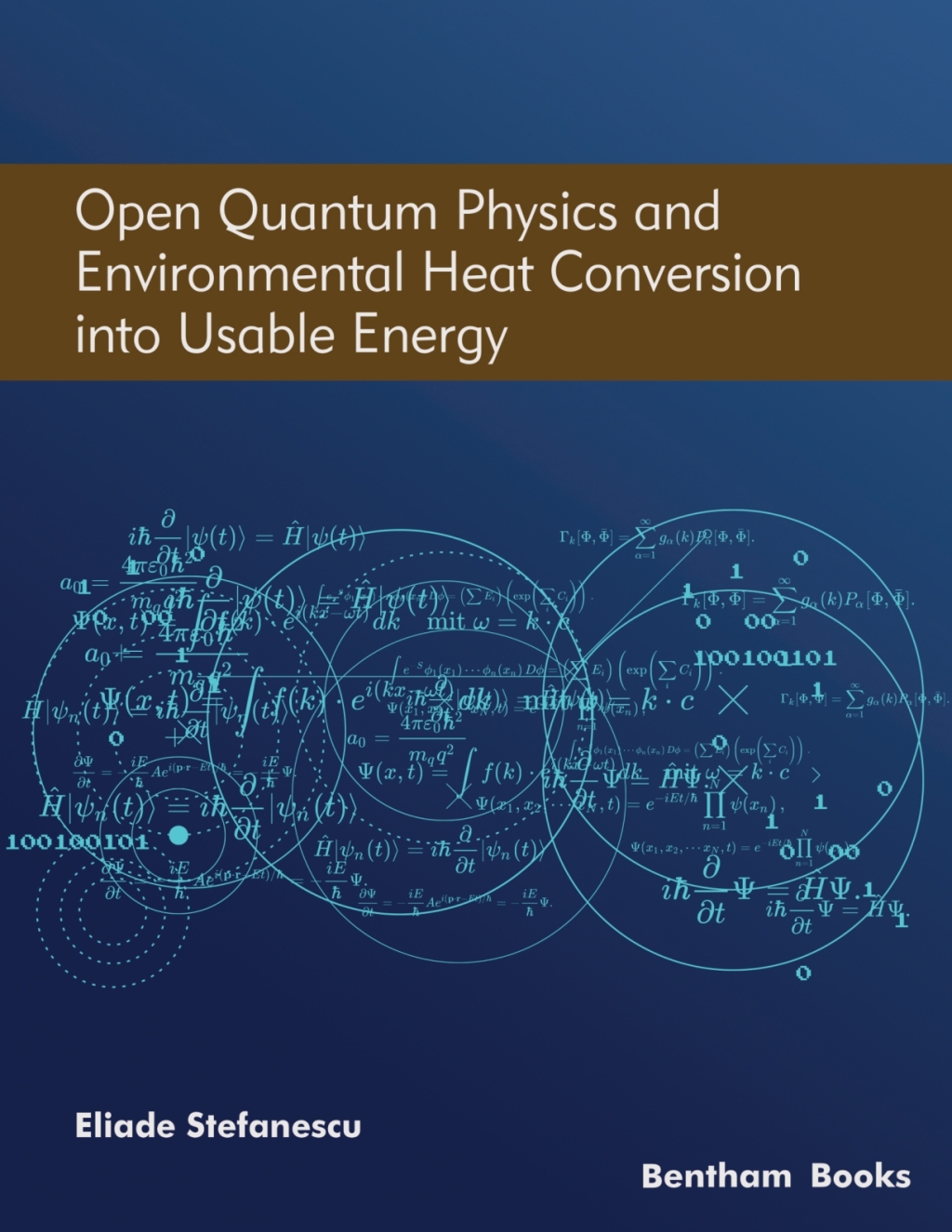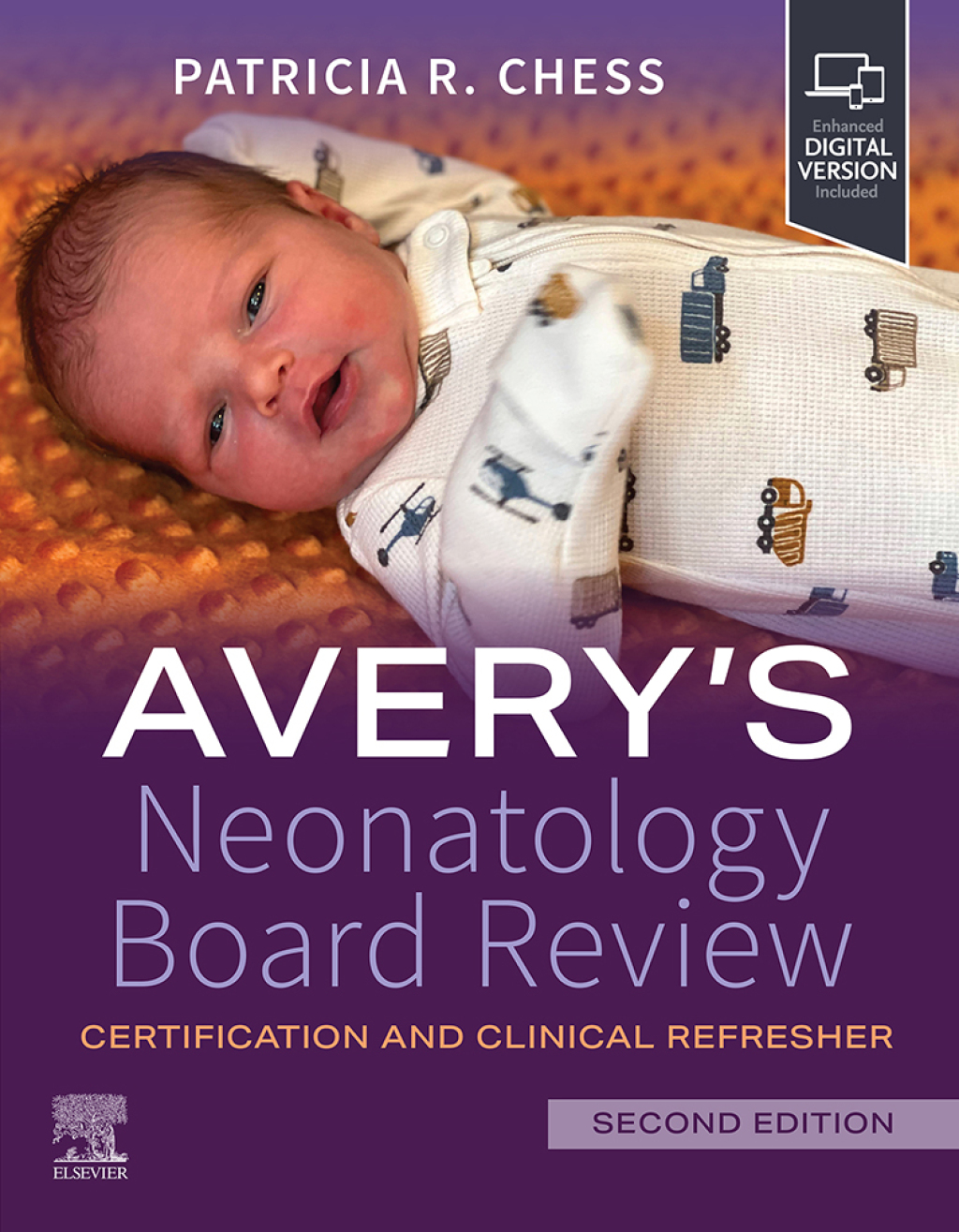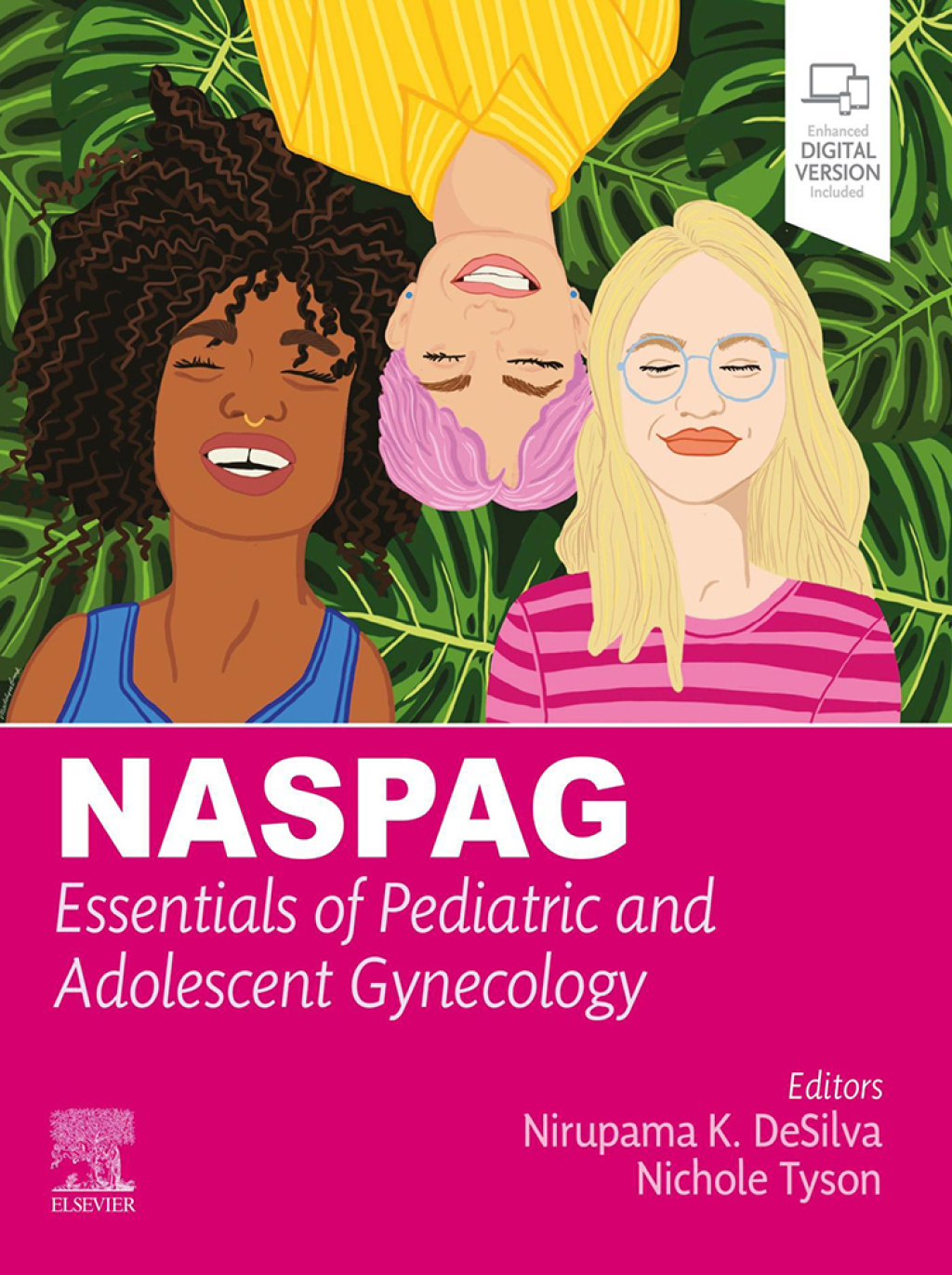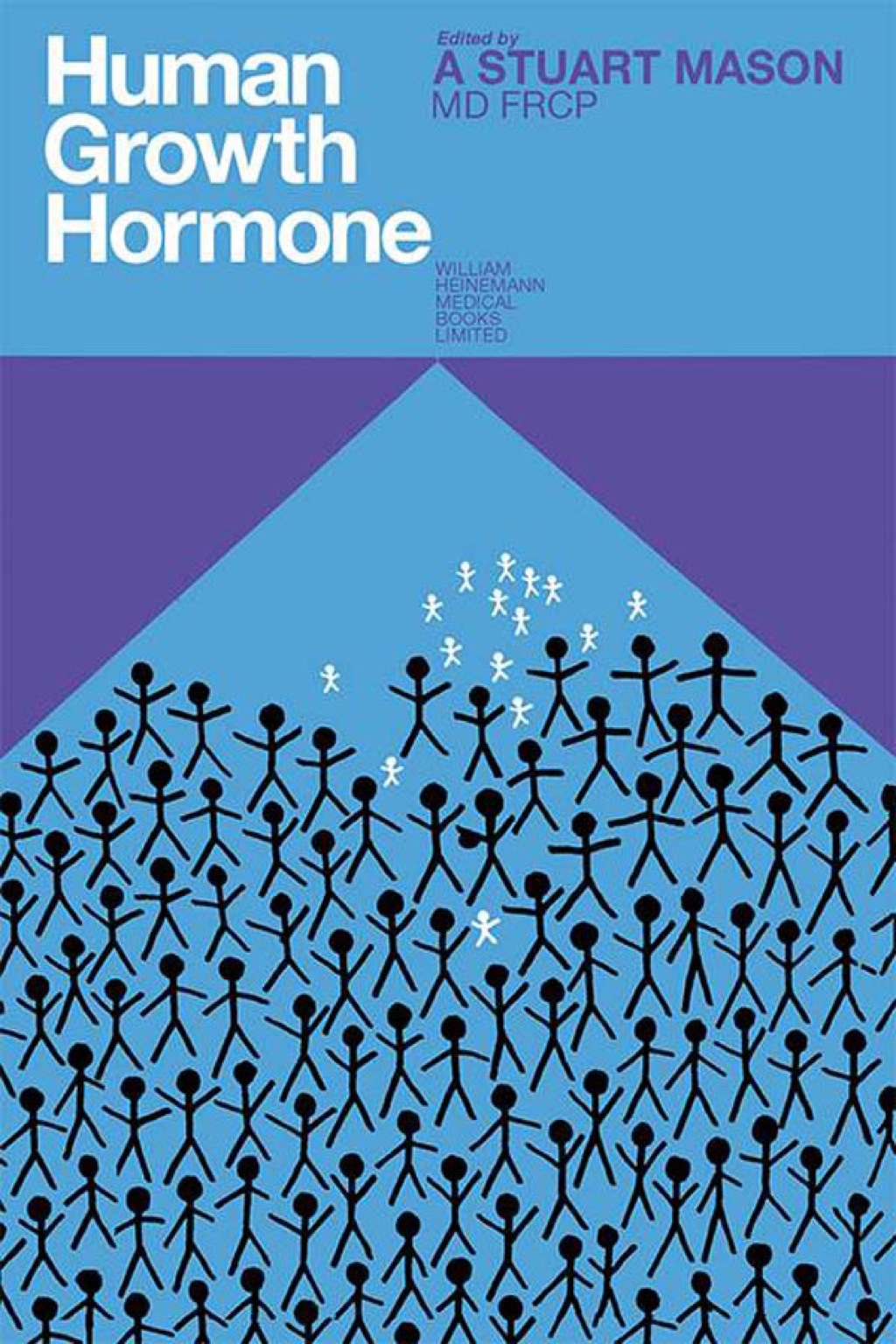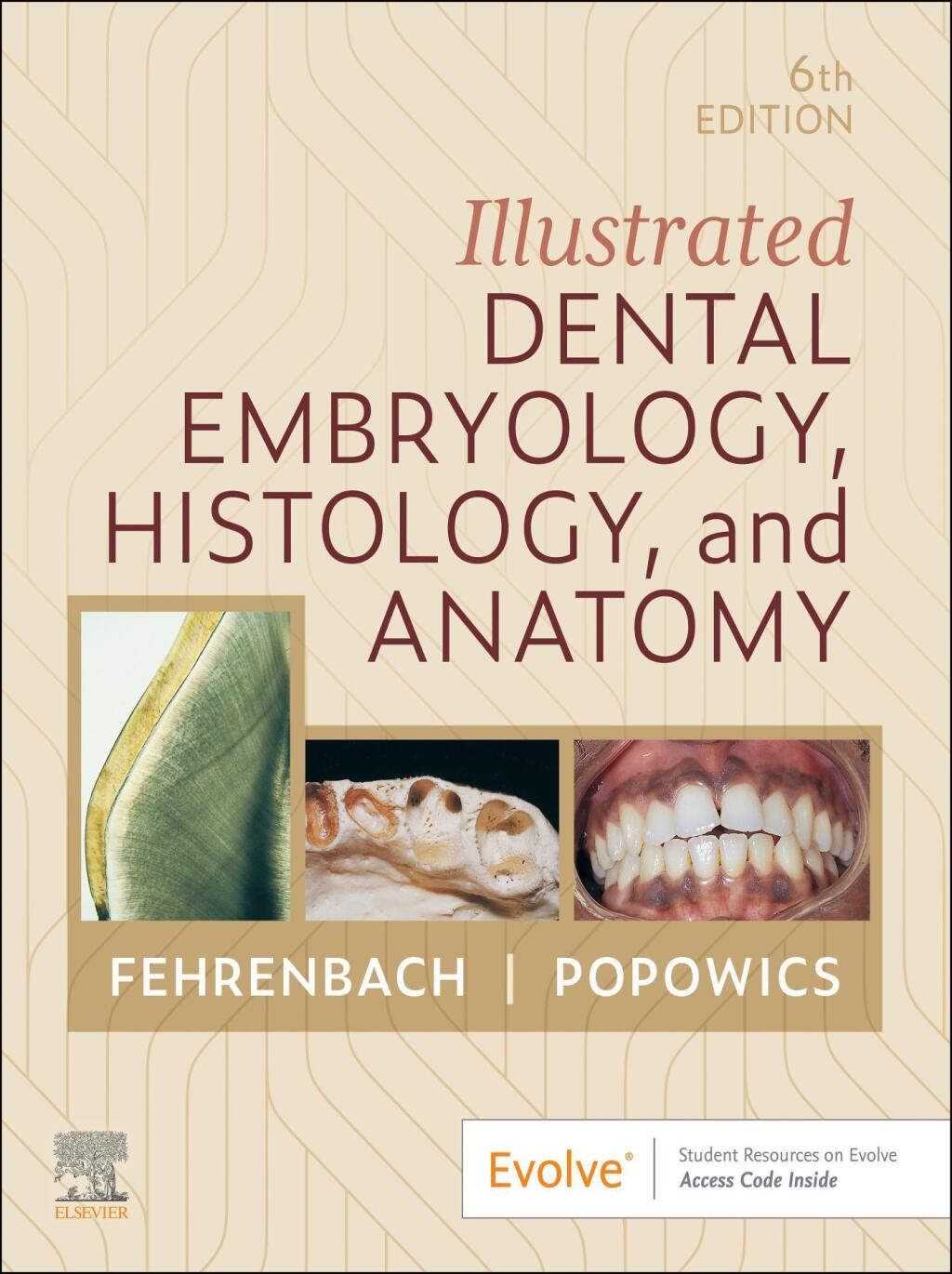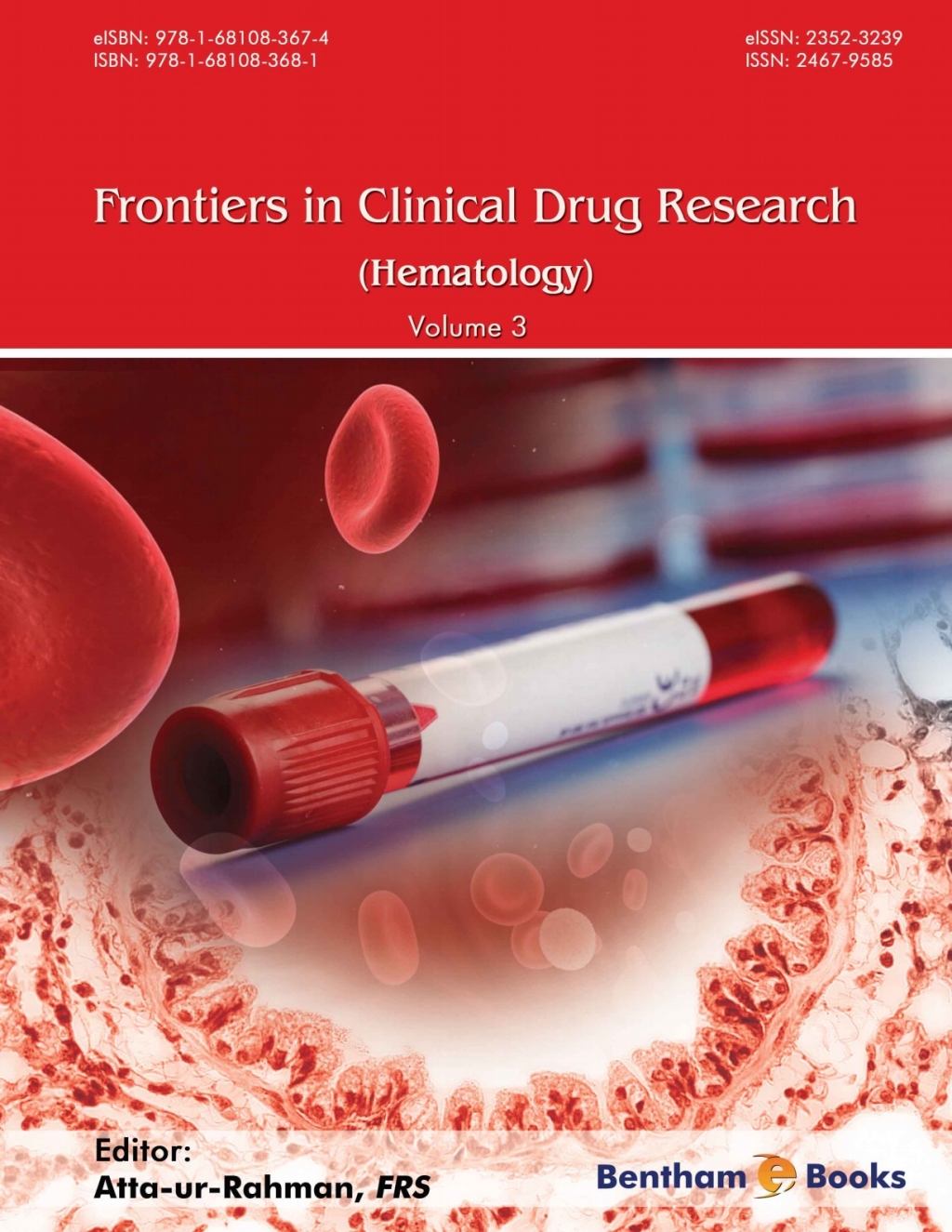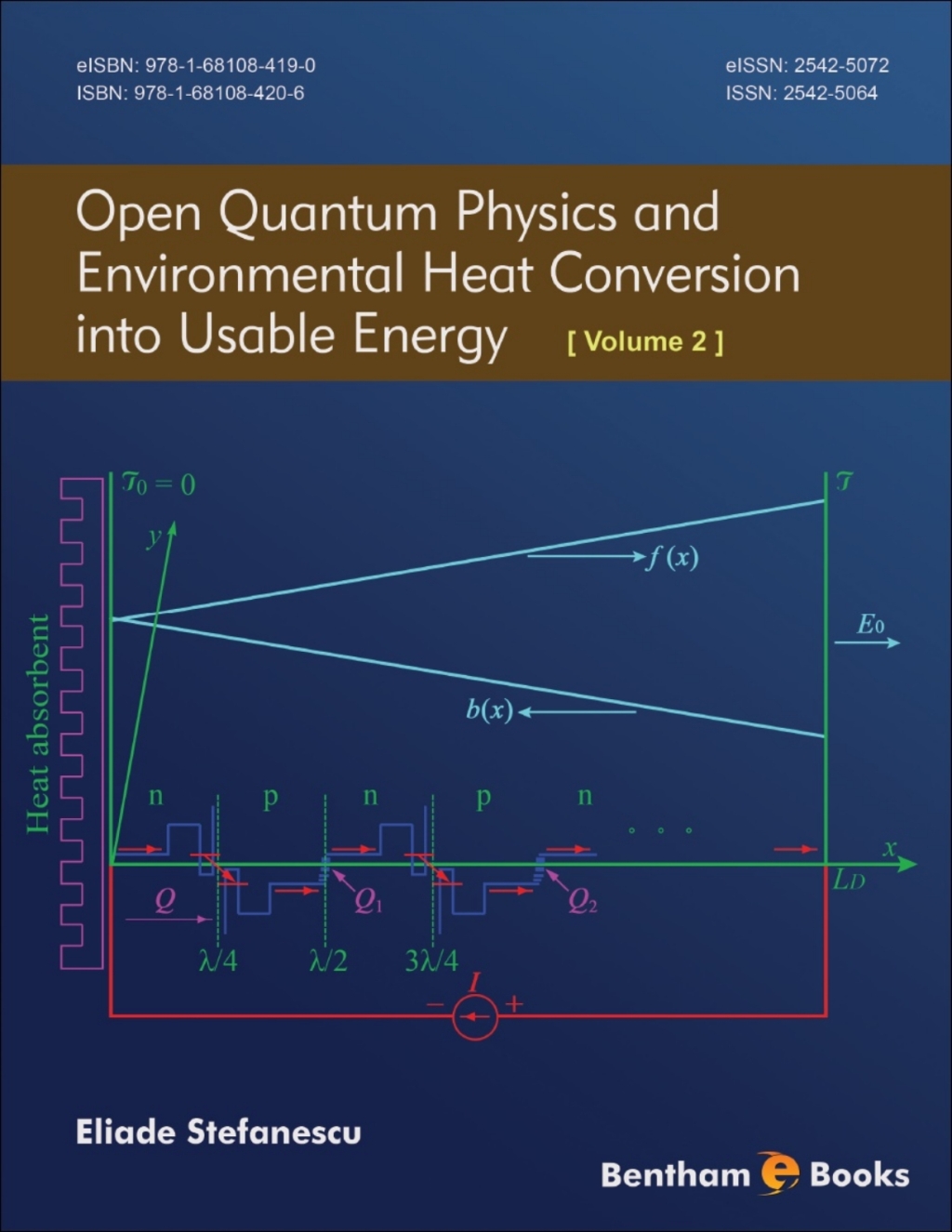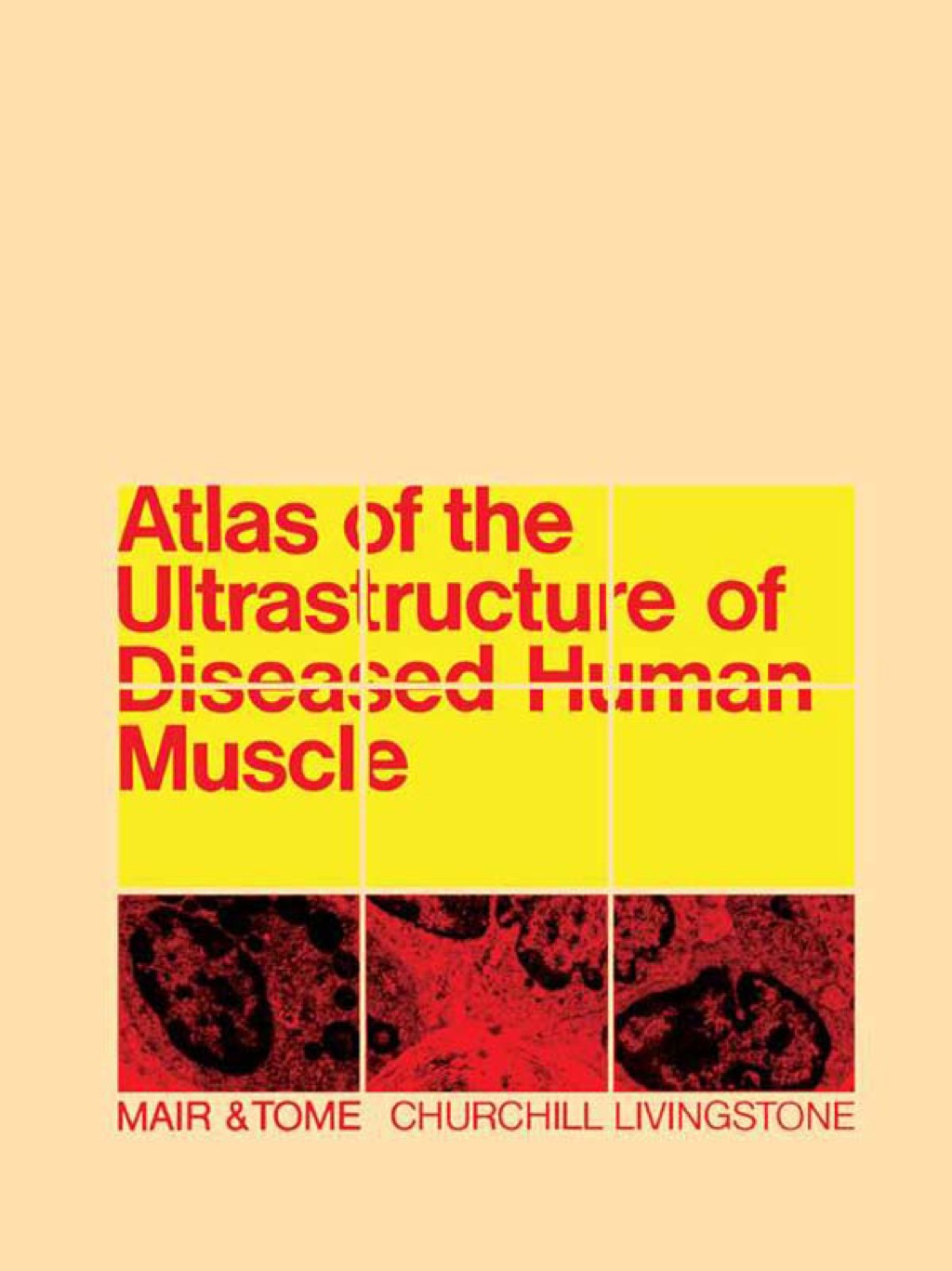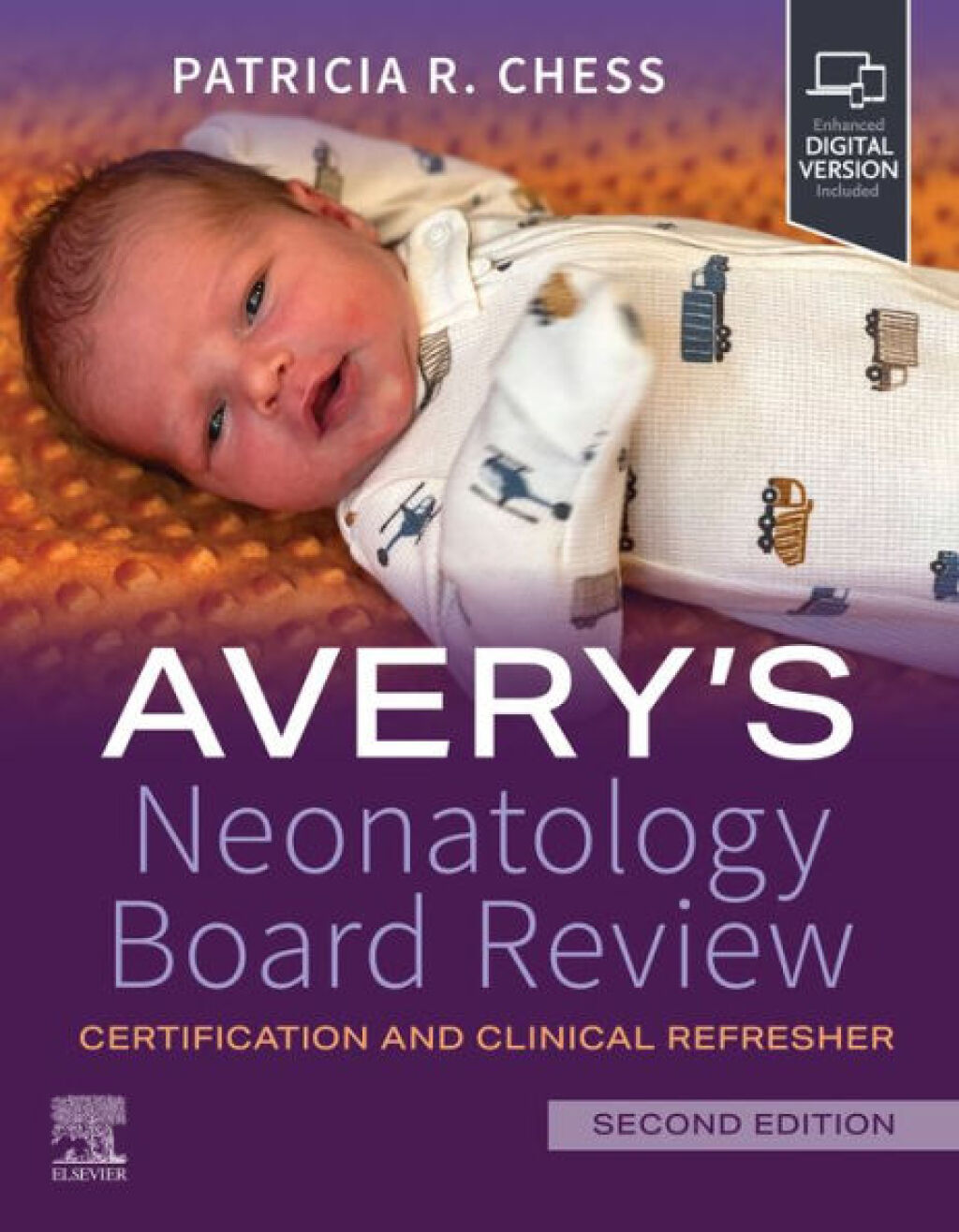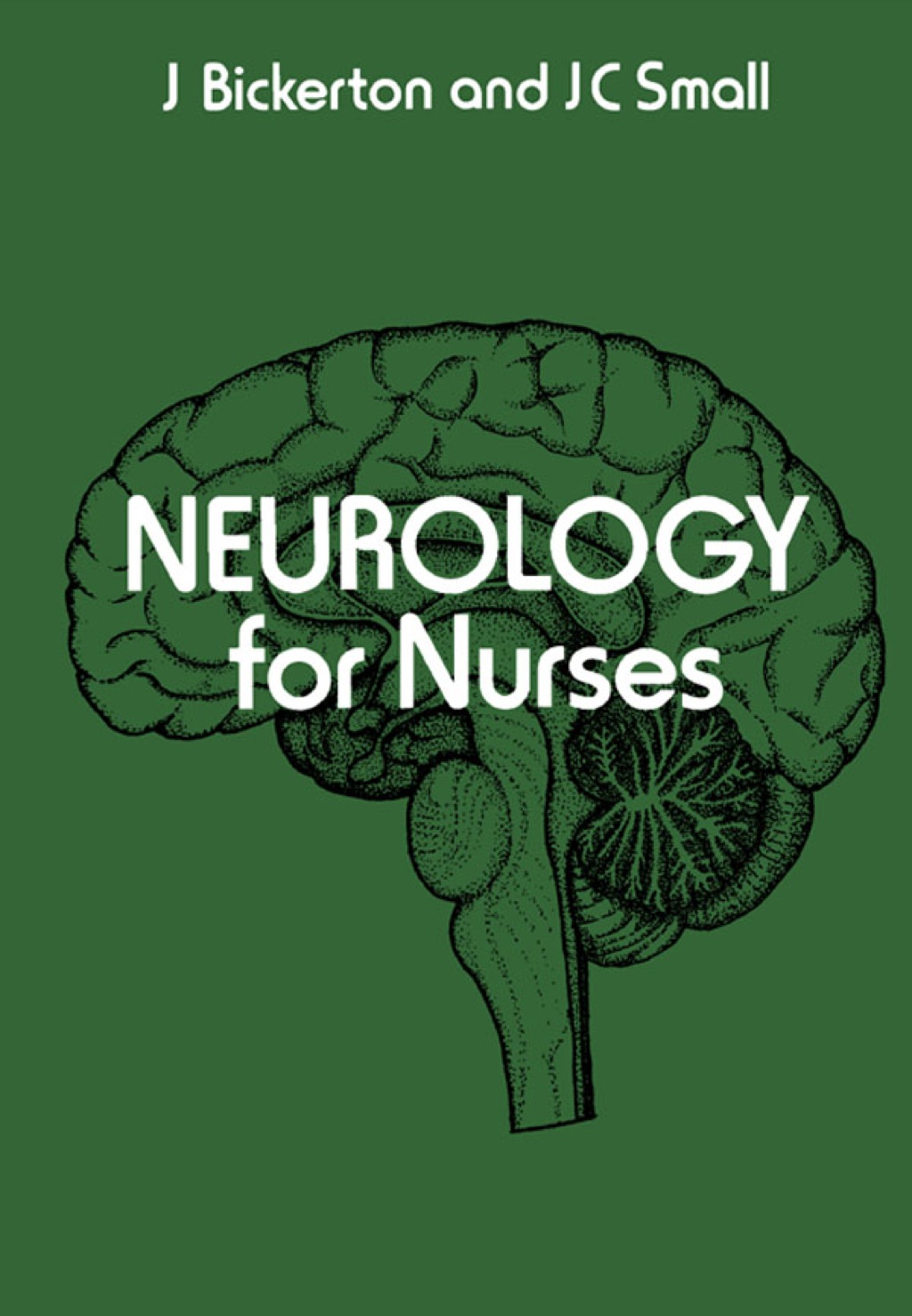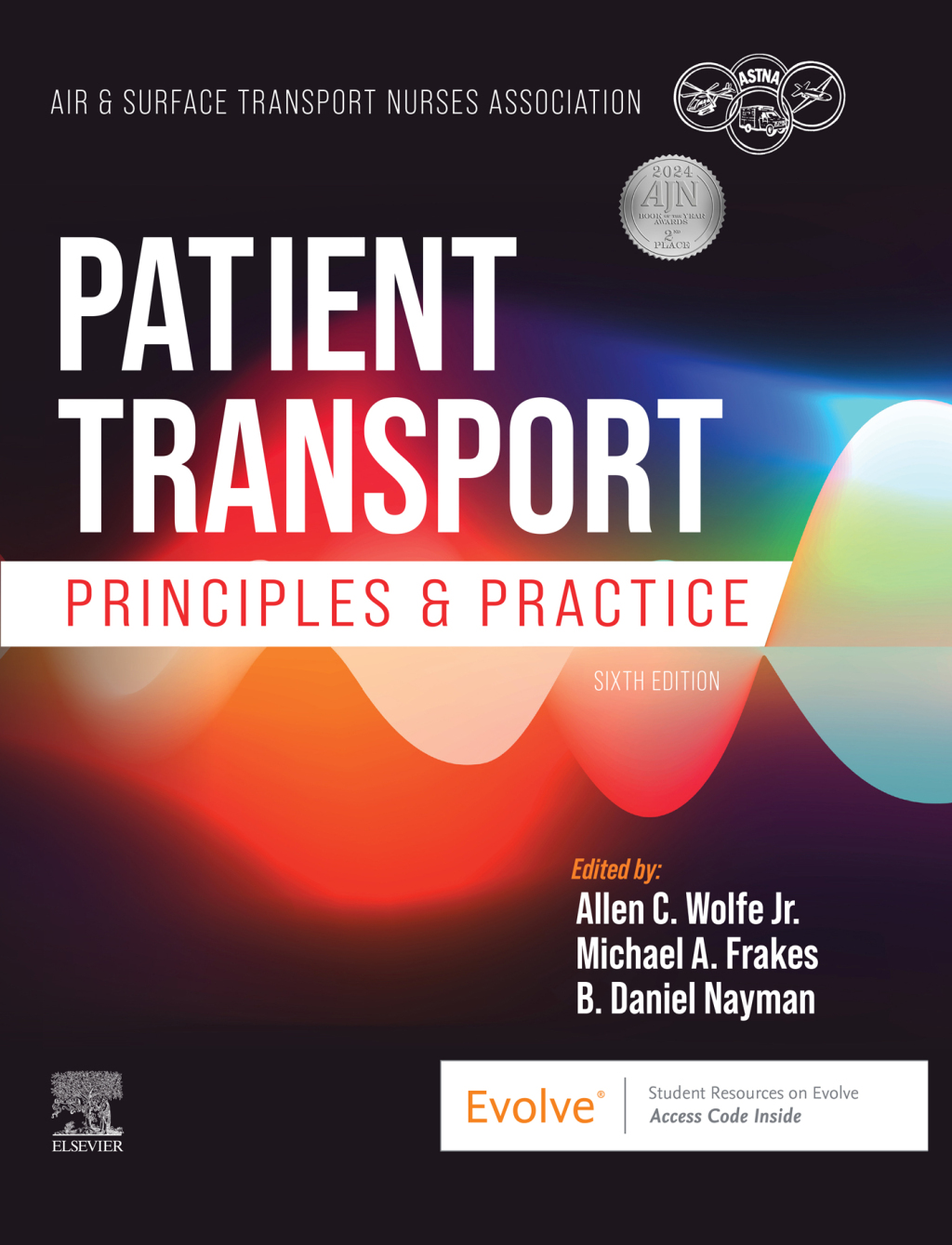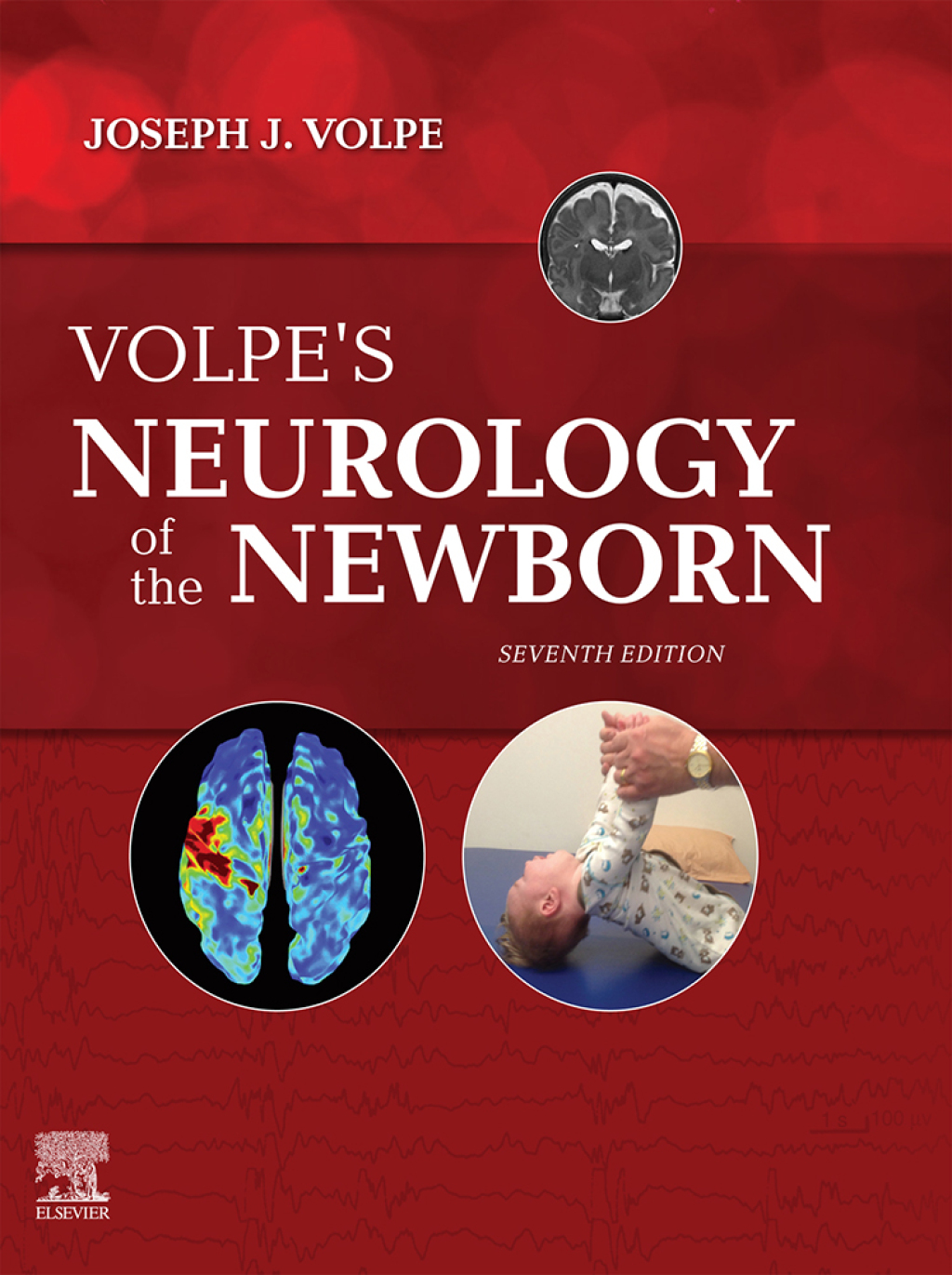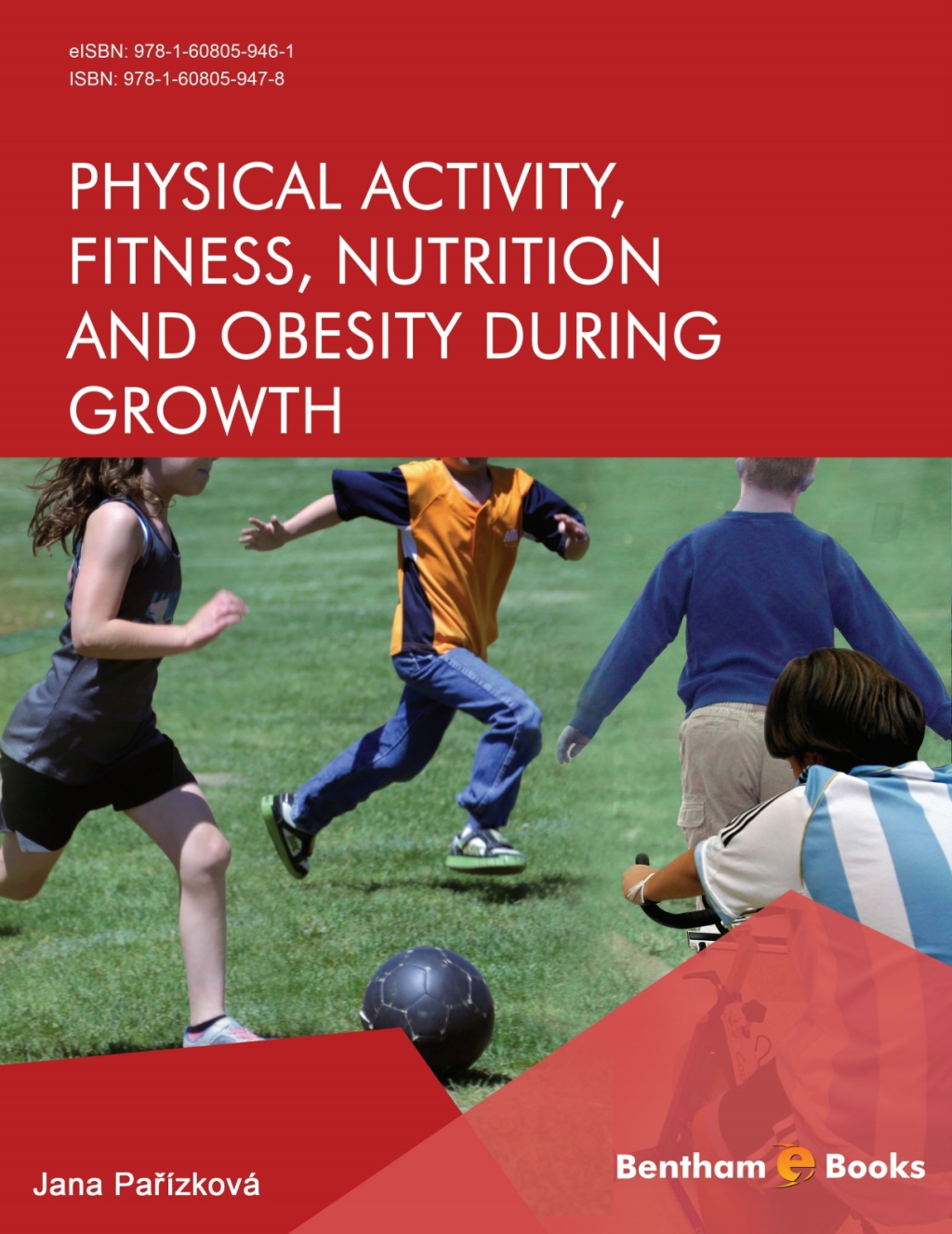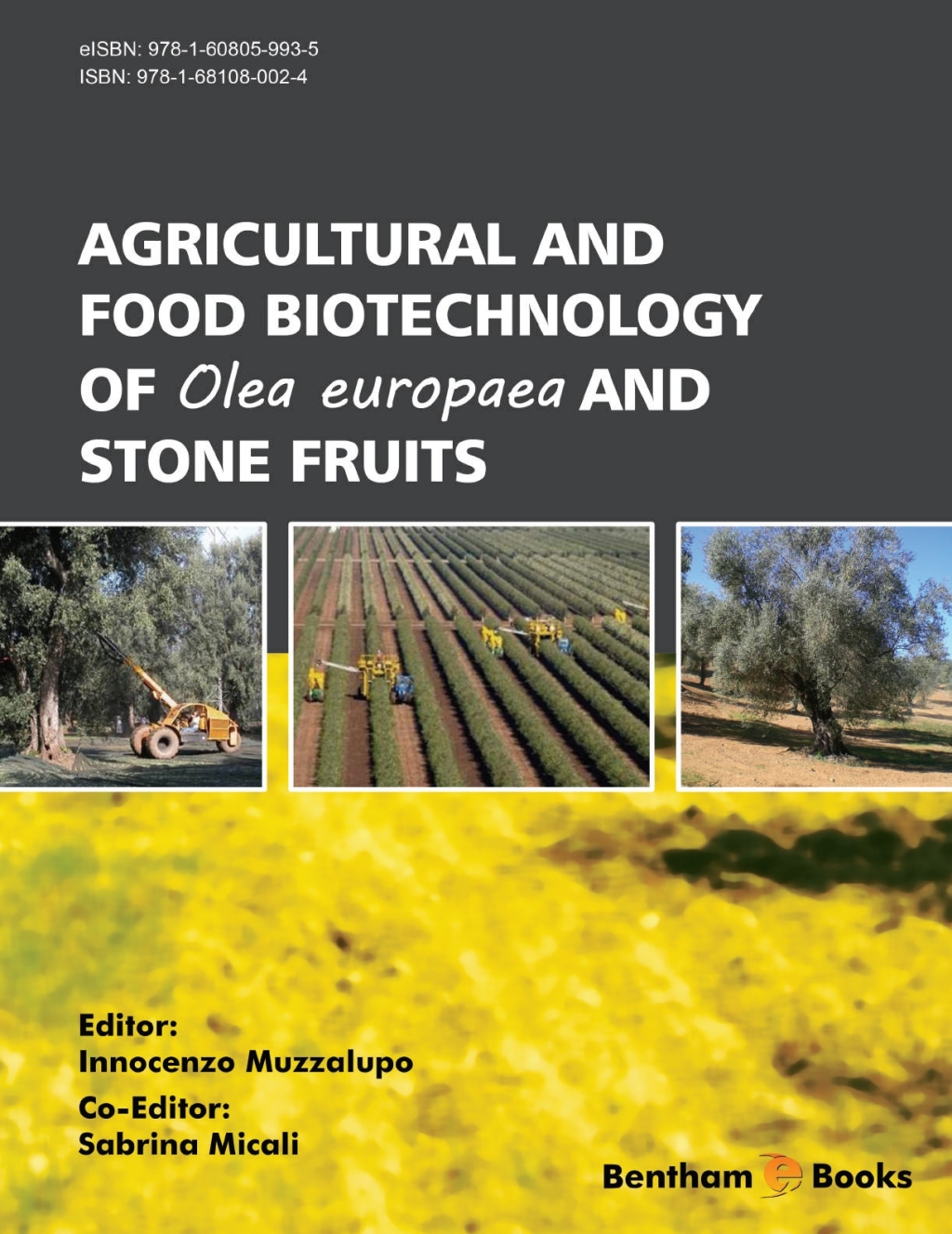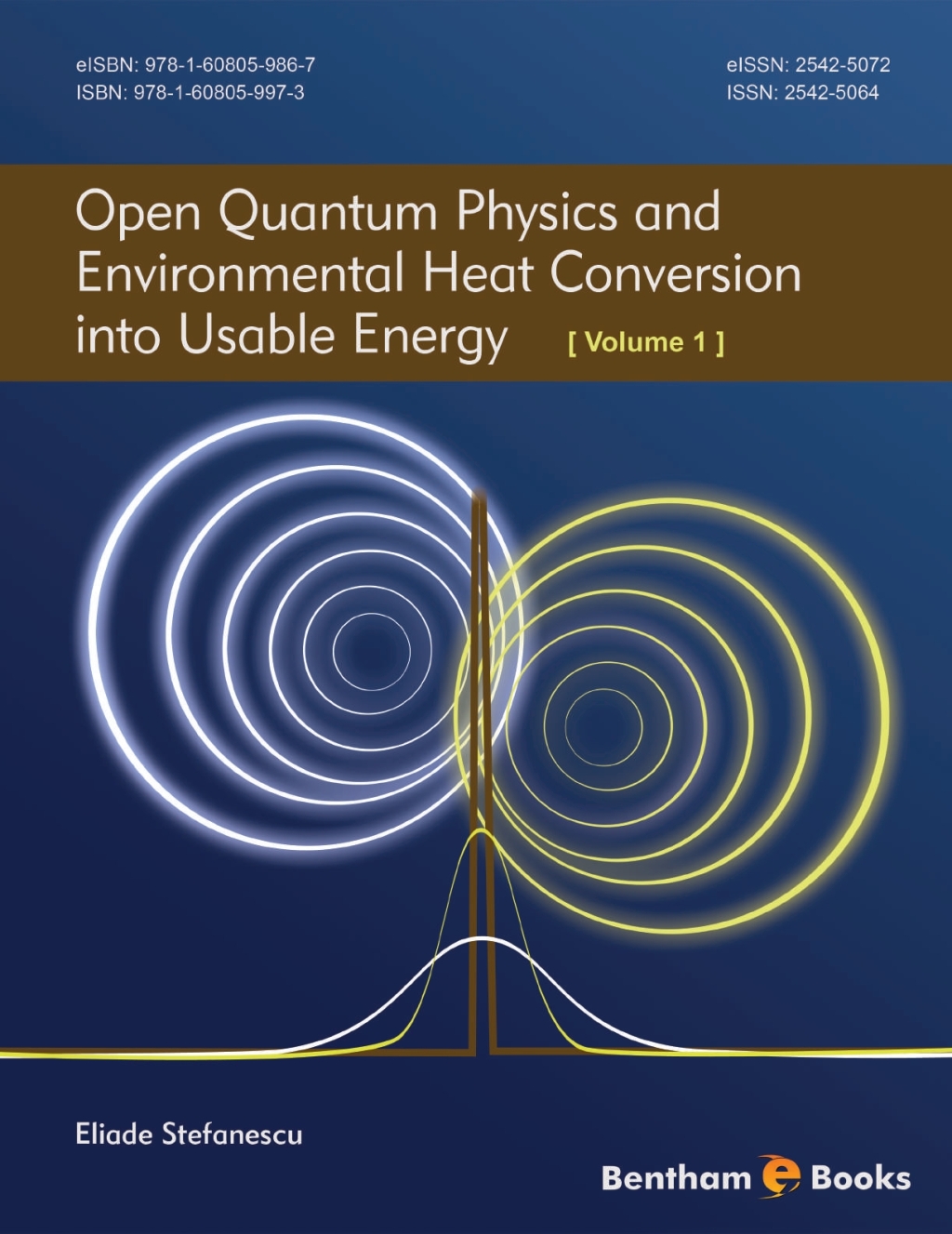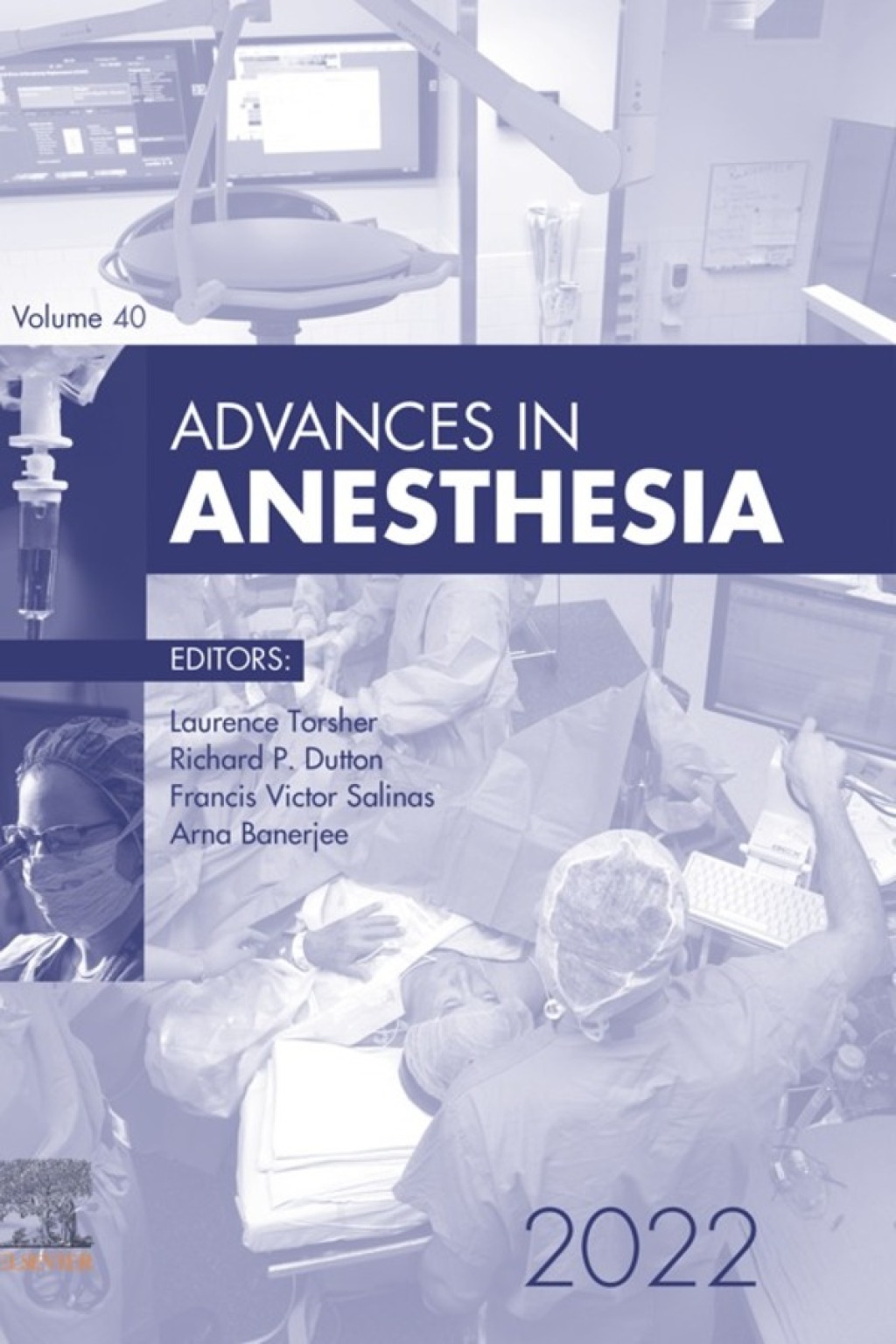Open Quantum Physics and Environmental Heat Conversion into Usable Energy 1st Edition
Author(s): Eliade Stefanescu
Publisher: Bentham Science
ISBN: 9789815274622
Edition: 1st Edition
$39,99
Delivery: This can be downloaded Immediately after purchasing.
Version: Only PDF Version.
Compatible Devices: Can be read on any device (Kindle, NOOK, Android/IOS devices, Windows, MAC)
Quality: High Quality. No missing contents. Printable
Recommended Software: Check here
Important: No Access Code
Description
Open Quantum Physics and Environmental Heat Conversion into Usable Energy – Vol. 4 explores the intricate relationship between quantum mechanics, relativity, gravitation, and electromagnetism, offering insights into the dynamics of quantum particles in various fields. The book covers key phenomena such as spin, graviton spin, black holes, and quantum states in extreme conditions, including black hole formation. It explains how quantum particles behave as distributions of matter, using wave functions to describe their propagation. Further, it examines electromagnetic and gravitational field interactions, quantum particle transitions, Dirac’s formalism of general relativity, and their applications in quantum electrodynamics and unified field theory.
Key Features:
– Detailed explanation of quantum particle dynamics and wave function theory.
– Discussion of quantum particle transitions and spinor fields.
– Exploration of black hole dynamics and gravitational wave interactions.
– Comprehensive coverage of unified field theory, integrating electromagnetism and gravity.
– Applications to quantum electrodynamics and particle collisions.
Readership:
Postgraduate researchers, advanced physics students, and scholars interested in quantum mechanics and field theory.
Related products
Open Quantum Physics and Environmental Heat Conversion into Usable Energy 1st Edition
Author(s): Eliade Stefanescu
Publisher: Bentham Science
ISBN: 9781681084206
Edition: 1st Edition
$39,99
Delivery: This can be downloaded Immediately after purchasing.
Version: Only PDF Version.
Compatible Devices: Can be read on any device (Kindle, NOOK, Android/IOS devices, Windows, MAC)
Quality: High Quality. No missing contents. Printable
Recommended Software: Check here
Important: No Access Code
Description
A Quantum system can be viewed as a larger closed system comprising of two components: an open quantum system and its surrounding environment. These two components interact with each other, and in the realm of theoretical physics, this interaction cannot be neglected. This eBook explains mathematical and statistical concepts essential for describing a realistic quantum system by presenting recent contributions in this field. The book commences by explaining the basics of quantum mechanics, statistical physics, and physics of open quantum systems. Detailed methods of deriving theoretical equations with explicit analytical coefficients with respect to open quantum systems are also explained. The book concludes with the study of a quantum heat converter in the framework of an all-microscopic theory involving fermions, photons, and phonons.
Readers of this book will gain a better understanding on the following topics:
· Quantum mechanics including the Boson and Fermion states, Fermi-Dirac and Bose-Einstein statistics, spin-statistics relation, many-body systems of Bosons and Fermions, the Fermi-Dirac integrals of the Fermion state densities, and transport phenomena in semiconductors.
· Dissipative dynamics and quantum systems such as friction, diffusion, friction-diffusion relation, mobility, occupation probability dynamics, damping, spectral width, correlation and autocorrelation, memory, stability, bifurcation, self-organization, and chaos.
· Lindblad’s theory of open quantum systems through the work of Alicki and Lendi.
· Quantum tunneling as an interaction with a system.
· Optical bistability, including the fundamental contributions of Carmichael, McCall, and Bonifacio.
· Master equations based on the microscopic theory of Ford, Lewis, and O’Connell.
· Field propagation in a semiconductor structure.
· Coherent light propagation in the framework of a microscopic model including the refractive index and the Raman frequency shift.
· Heat conversion in the framework of an all-microscopic model of open quantum systems.
· Entropy dynamics in a matter field system.
Related products
Open Quantum Physics and Environmental Heat Conversion into Usable Energy 1st Edition
Author(s): Eliade Stefanescu
Publisher: Bentham Science
ISBN: 9781608509973
Edition: 1st Edition
$39,99
Delivery: This can be downloaded Immediately after purchasing.
Version: Only PDF Version.
Compatible Devices: Can be read on any device (Kindle, NOOK, Android/IOS devices, Windows, MAC)
Quality: High Quality. No missing contents. Printable
Recommended Software: Check here
Important: No Access Code
Description
A Quantum system can be viewed as a larger closed system comprising of two components: an open quantum system and its surrounding environment. These two components interact with each other, and in the realm of theoretical physics, this interaction cannot be neglected. This eBook explains mathematical and statistical concepts essential for describing a realistic quantum system by presenting recent contributions in this field. The book commences by explaining the basics of quantum mechanics, statistical physics, and physics of open quantum systems. Detailed methods of deriving theoretical equations with explicit analytical coefficients with respect to open quantum systems are also explained. The book concludes with the study of a quantum heat converter in the framework of an all-microscopic theory involving fermions, photons, and phonons.
Readers of this book will gain a better understanding on the following topics:
· Quantum mechanics including the Boson and Fermion states, Fermi-Dirac and Bose-Einstein statistics, spin-statistics relation, many-body systems of Bosons and Fermions, the Fermi-Dirac integrals of the Fermion state densities, and transport phenomena in semiconductors.
· Dissipative dynamics and quantum systems such as friction, diffusion, friction-diffusion relation, mobility, occupation probability dynamics, damping, spectral width, correlation and autocorrelation, memory, stability, bifurcation, self-organization, and chaos.
· Lindblad’s theory of open quantum systems through the work of Alicki and Lendi.
· Quantum tunneling as an interaction with a system.
· Optical bistability, including the fundamental contributions of Carmichael, McCall, and Bonifacio.
· Master equations based on the microscopic theory of Ford, Lewis, and O’Connell.
· Field propagation in a semiconductor structure.
· Coherent light propagation in the framework of a microscopic model including the refractive index and the Raman frequency shift.
· Heat conversion in the framework of an all-microscopic model of open quantum systems.
· Entropy dynamics in a matter field system.

